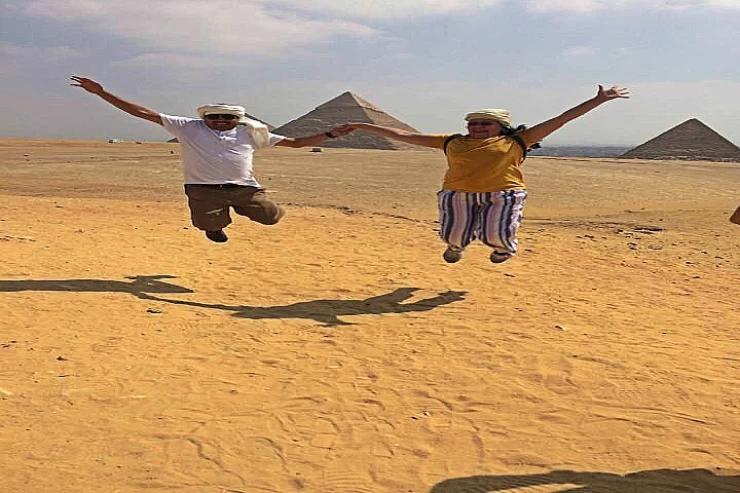
Saladin Citadel - Taba Attractions
Saladin Citadel - Taba Attractions
In Taba, South Sinai, tourists from different nationalities are enchanted by the beauty of Taba, which contains several archaeological and natural areas that have dazzled the world, including Salah al-Din Castle on Pharaoh Island in Taba, which is reached by a short boat trip.
Pharaoh's Island is home to Salah al-Din al-Ayyubi Castle, a small island of granite rocks, surrounded by coral reefs and diving spots that attract diving adventurers, and the island is surrounded by Picasso Reef, an underwater mountain 24 metres deep, ending in a huge, winding reef full of colourful fish.'
Commander Salah al-Din al-Ayyubi built his castle on Pharaoh's Island in 567 AH 1171 AD in the city of Taba to repel the raids of the Crusaders, to protect the Egyptian pilgrimage route through Sinai, and as a naval base to secure the Aqaba Road and the Red Sea from any naval invasion, and it is recognised that the beginning of the construction of the castle was for the Crusaders, and then rebuilt again by Salah al-Din al-Ayyubi, and the castle represents an important historical and cultural value, as it oversees the borders of 4 countries: Egypt, Saudi Arabia, Jordan, and Palestine.
The Citadel of Salah al-Din protects Sinai from the Crusaders especially during the siege of its walls by Prince Arnat of Karak in 1182 AD. It contains defensive structures like walls and towers, a weapon manufacturing furnace, a war assembly hall, barracks, a bread baking area, granaries, a hot steam room, water tanks, and a mosque constructed by the founder of Citadel of Salah al-Din, Prince Hussam al-Din bin Hamdan.
The fort has a dovecote in which remains of wheat and beans were unearthed; there are also soldiers' quaters consisting of sleeping and guard rooms to watch for any surprise attack, and there is also a water cistern hewn out of the stone which stored rainwater for use and when that was not enough, water was ferried along with other supplies, from a well positioned in Wadi Taba.















